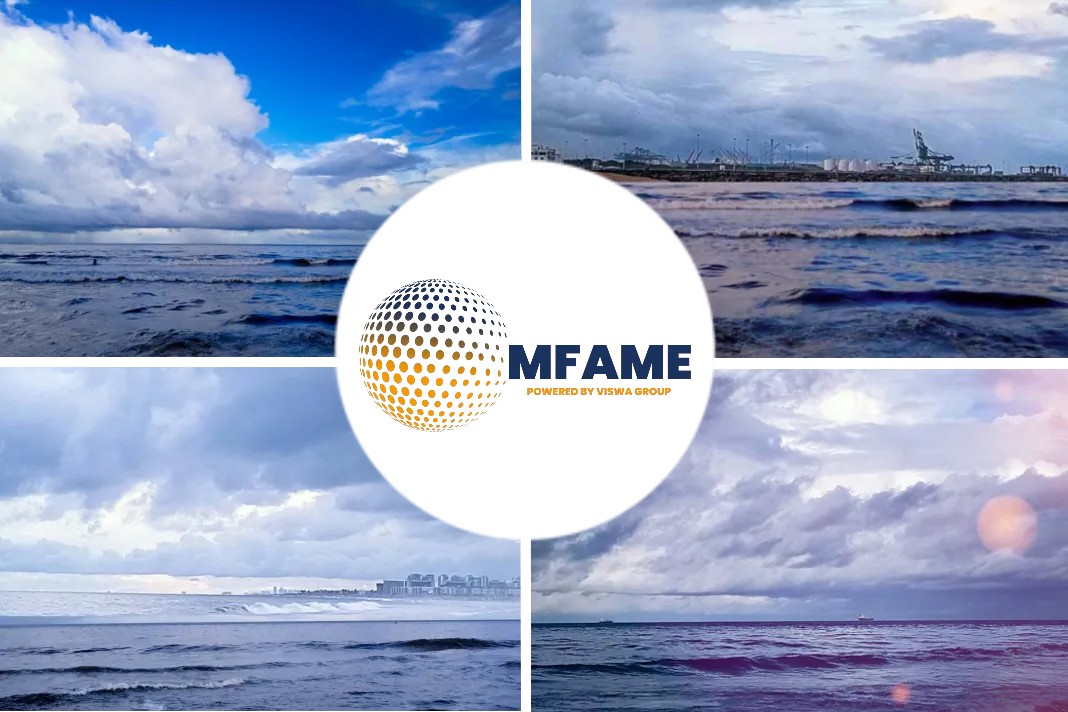Mitsui O.S.K. Lines, Ltd. has announced its intent to build four Capesize bulkers and two Very Large Crude Carrier (VLCC) tankers, which will use environment-friendly liquefied natural gas (LNG) as their main fuel, and signed deals for construction with shipbuilding companies.
Adoption of clean alternative energy
The company signed a deal for construction of four 210,000 DWT-class Capesize bulkers with CSSC Qingdao Beihai Shipbuilding Co., Ltd. This is MOL’s first time to order newbuilding vessel from this shipyard. The new ships are slated for delivery in succession from 2025 through 2026.
MOL also concluded a contract for construction of two 309,000 DWT-class VLCCs with Kawasaki Heavy Industries Ltd. This new ordered VLCC will be built by Dalian COSCO KHI Ship Engineering Co., Ltd. jointly operated by KHI and China COSCO Shipping Corporation Limited. This is the first LNG-fueled VLCC ordered from a Japanese tanker operator. The newbuilding VLCCs are scheduled for delivery from 2025 through 2026.
The MOL Group has moved forward with de-carbonization/low carbonization in line with “MOL Group Environmental Vision 2.1,” established in June 2021, with the aim of achieving net zero greenhouse gas (GHG) emissions by 2050. It plans to expand its fleet of LNG-fueled vessels to about 90 by 2030, in line with the “adoption of clean alternative energy” strategy toward the goal of net zero GHG emissions.
Net Zero Emission by 2050
Compared to conventional marine fuel oil, LNG is expected to reduce emissions of carbon dioxide (CO2) by about 25%-30% and other GHG emissions. It has advanced the adoption of LNG-fueled vessels as a currently feasible initiative on reducing GHG emissions. LNG can be substituted with a view to shifting toward synthetic methane produced using renewable energy sources, which can significantly reduce GHG emissions. MOL aims to further reduce GHG emissions by adopting LNG-fueled vessels as a transition towards the aim of Net Zero Emission by 2050.
MOL Group has ordered 16 ocean-going LNG-fueled vessels which includes these Capesize bulkers and VLCCs, in addition to car carriers, bulkers, and six coastal vessels which are ferries, tugboat, and coastal cargo vessel. It will further continue to widen the use of LNG fuel as an initiative that it can take now, to accelerate toward the complete elimination of GHG emissions.
Did you subscribe to our daily newsletter?
It’s Free! Click here to Subscribe!
Source: MOL

















